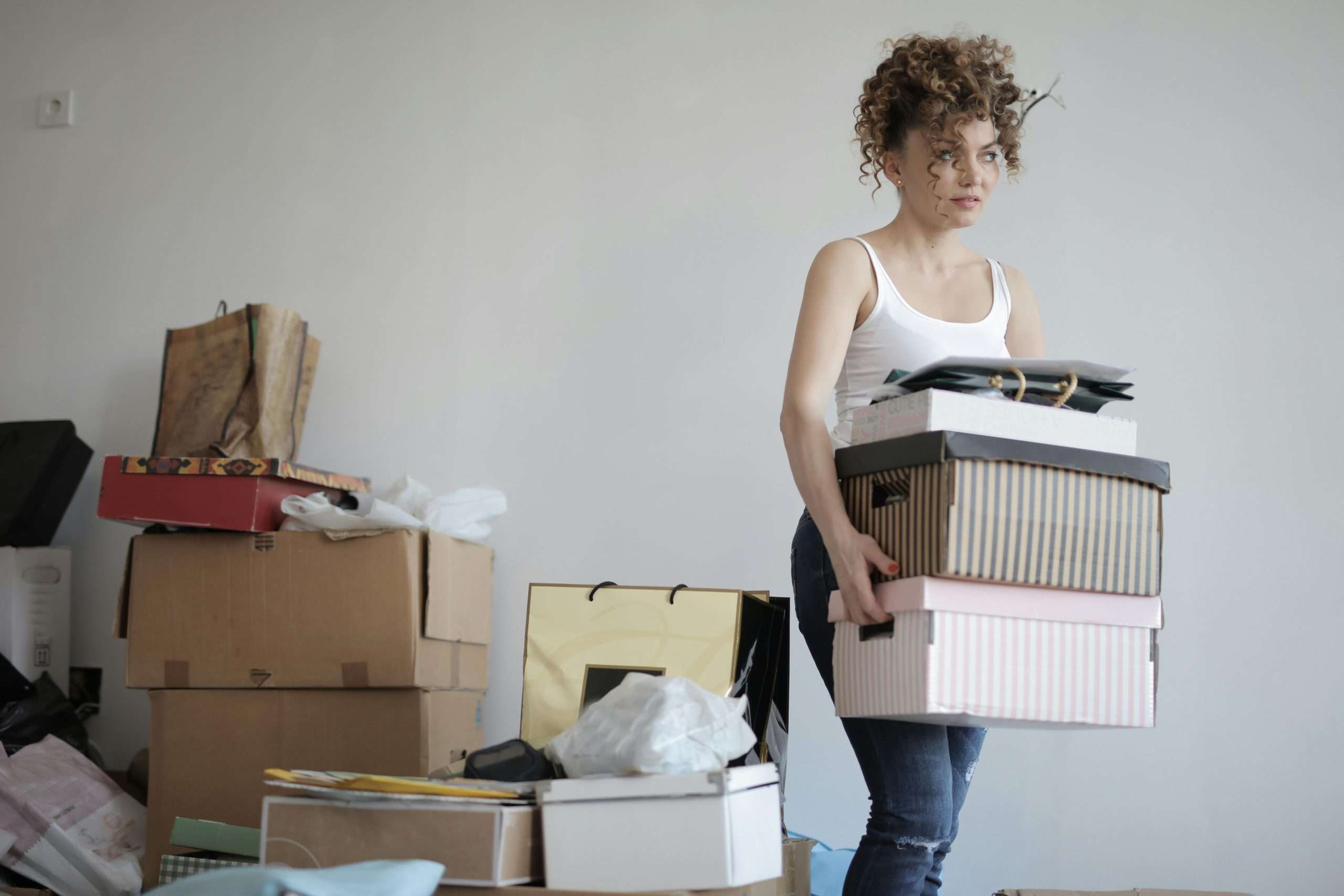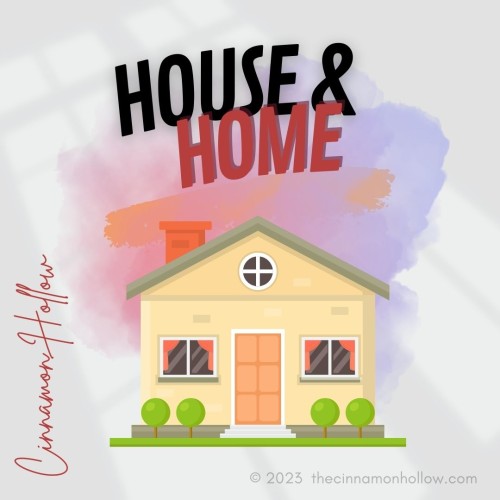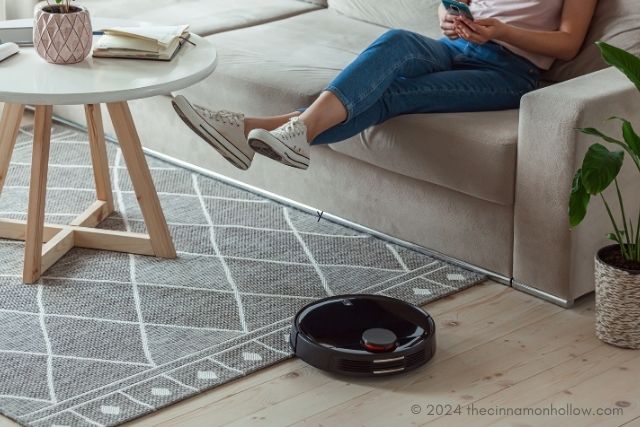In the quaint and picturesque city of Ocean Springs, MS, where the pace of life invites relaxation and reflection, the clutter in our homes can often seem out of place. Decluttering isn’t just about organizing; it’s about enhancing the quality of life by removing excess and focusing on what truly matters. This guide will walk you through practical steps to declutter your home, making room for the important stuff and allowing you to fully enjoy the charm of your surroundings.
1. Start with a Plan
The first step in any effective decluttering process is to create a solid plan. Start by defining what you hope to achieve—whether it’s more space, less stress, or better organization. Set realistic goals and a timeline for reaching them. For instance, you might aim to declutter one room per week. Prepare a checklist of areas to tackle in each room to help guide your efforts and track your progress. This structured approach will keep you focused and prevent the task from becoming overwhelming.
2. Go Room by Room
When it comes to decluttering, trying to handle the entire house at once can be challenging. Instead, focus on one room at a time. Begin with the area that causes you the most stress, or where decluttering will have the most impact. This might be the kitchen, where daily function is essential, or the bedroom, where a calm environment is key for relaxation. Breaking the task into manageable pieces allows you to see progress without becoming discouraged, providing motivation to continue throughout the rest of the home.
3. Utilize Storage Solutions
Not everything needs to be kept at home, especially items that are infrequently used but still hold value. Utilizing local Ocean Springs storage solutions can be a game-changer. Renting a storage unit can provide a temporary or long-term home for seasonal decorations, sentimental items, or recreational equipment that doesn’t need to be on hand at all times but is still important. This approach can drastically reduce in-home clutter without forcing hard decisions about precious belongings.
4. Implement the Four-Container Method
The four-container method is an effective tool for sorting through belongings. As you tackle each room, bring four boxes labeled Keep, Donate, Sell, and Trash. This method forces decisions on the spot, which is essential for effective decluttering. Items you use regularly should go in the Keep box, while those in good condition that haven’t been used in a year can be sold or donated. Items that are no longer useful or broken should be trashed. This clear categorization helps streamline the process and keeps you moving forward.
5. Tackle the Wardrobe
Clothes often accumulate quickly and can overwhelm closets and drawers. Start by removing everything from your wardrobe and only put back what you truly wear. Implement the popular “hanger trick”—after wearing an item, hang it back with the hanger facing the opposite direction. After six months, any clothes on hangers that haven’t been turned are candidates for donation or sale. Additionally, consider the one-year rule: if you haven’t worn it in the last year, it’s likely time to let it go.
6. Digitize Where Possible
Reducing paper clutter can free up a lot of space. Wherever possible, opt to digitize documents such as bills, receipts, and personal papers. Use scanning apps to create digital copies that can be stored on a computer or cloud service. For memories like children’s artwork or significant documents, taking a digital photo can preserve the sentiment without keeping the physical clutter. Digitizing will not only clear physical space but also reduce the stress of managing piles of paper.
7. Deal with Sentimental Items
Sentimental items often pose the biggest challenge in the decluttering process because they are tied to memories and emotions. To handle these effectively, set aside a specific box for sentimental objects. Evaluate each item individually and decide whether its emotional value is truly significant. For those items that are hard to part with but take up physical space, consider taking photos before letting them go, or choose a select few to keep in a dedicated memory box. This approach allows you to preserve the memories without the physical clutter.
8. Make Use of Vertical Space
In many homes, especially smaller ones, floor space is a premium commodity. Utilizing vertical space can dramatically increase your storage options. Install shelves up high for items you don’t use daily, use hooks behind doors for hanging bags, hats, and scarves, and consider wall-mounted racks for tools or kitchen equipment. These solutions keep your belongings organized and off the floor, making your living spaces feel larger and more open.
9. Regular Mini Declutter Sessions
Decluttering doesn’t have to be a massive, once-a-year undertaking. Incorporate mini decluttering sessions into your routine, dedicating just 15-30 minutes each week to maintaining order in your home. Tackle a drawer, a shelf, or a small cupboard each time. This habit keeps clutter from building up and makes the task less daunting. It also helps instill a mindset of continual assessment about what items truly need to remain in your space.
10. Get the Family Involved
Decluttering can be more effective and enjoyable when it’s a shared effort. Involve family members in the process by assigning tasks suited to their age and interest. For children, make it a game with rewards for completed tasks. For partners or roommates, work together to decide on common areas like the living room or kitchen. This not only lightens the load for everyone but also helps build a collective commitment to keeping spaces clear and organized.
Conclusion
By following these decluttering tips, you’ve not only created more room in your home but also improved your daily living environment. The process of decluttering can be transformative, allowing for a better appreciation of the items you truly value and use. Maintain the clarity and organization you’ve achieved by revisiting these strategies periodically and adjusting them as your life and needs evolve. Decluttering is not just about removing things you no longer need; it’s about making room for the important stuff—peace, clarity, and enjoyment in your home.







